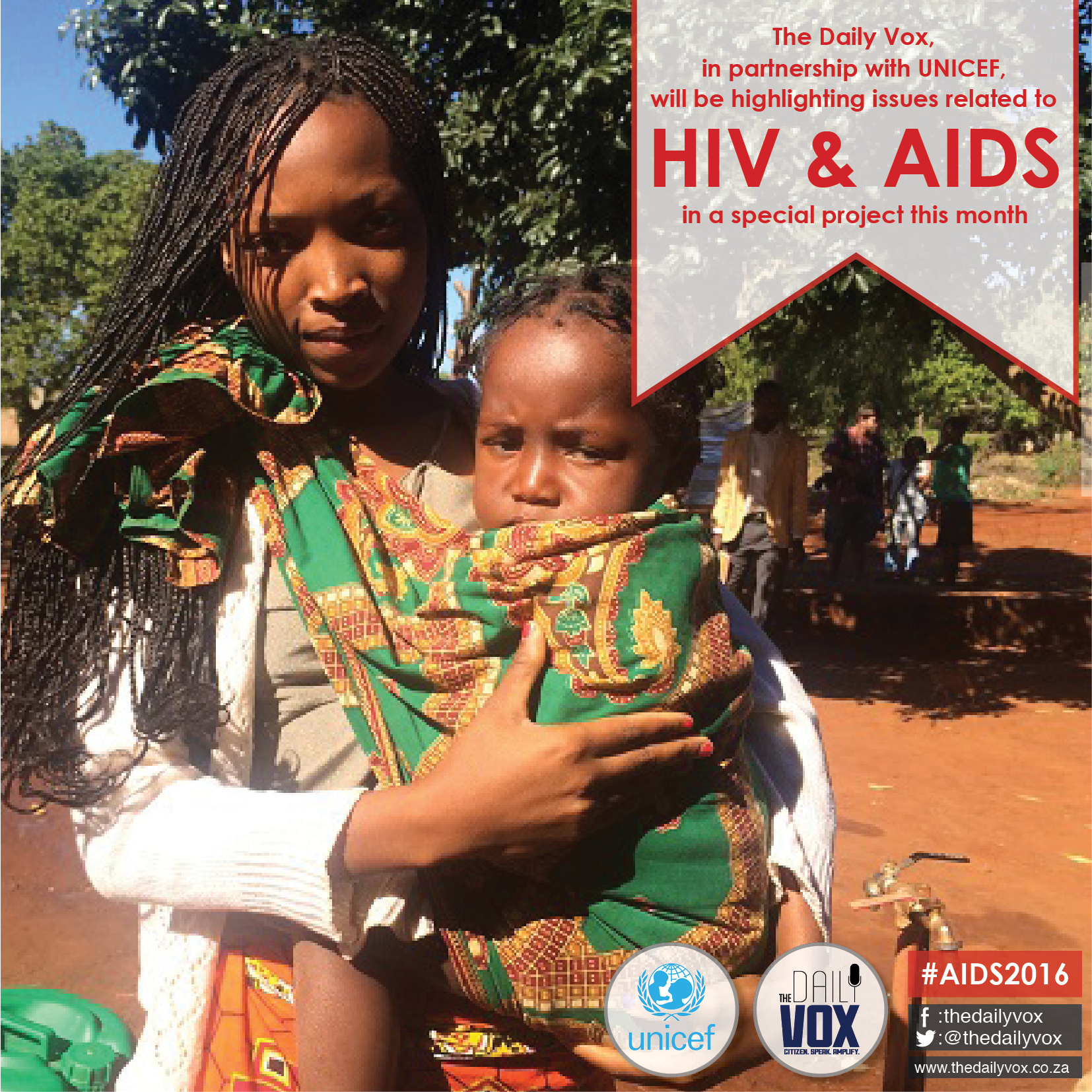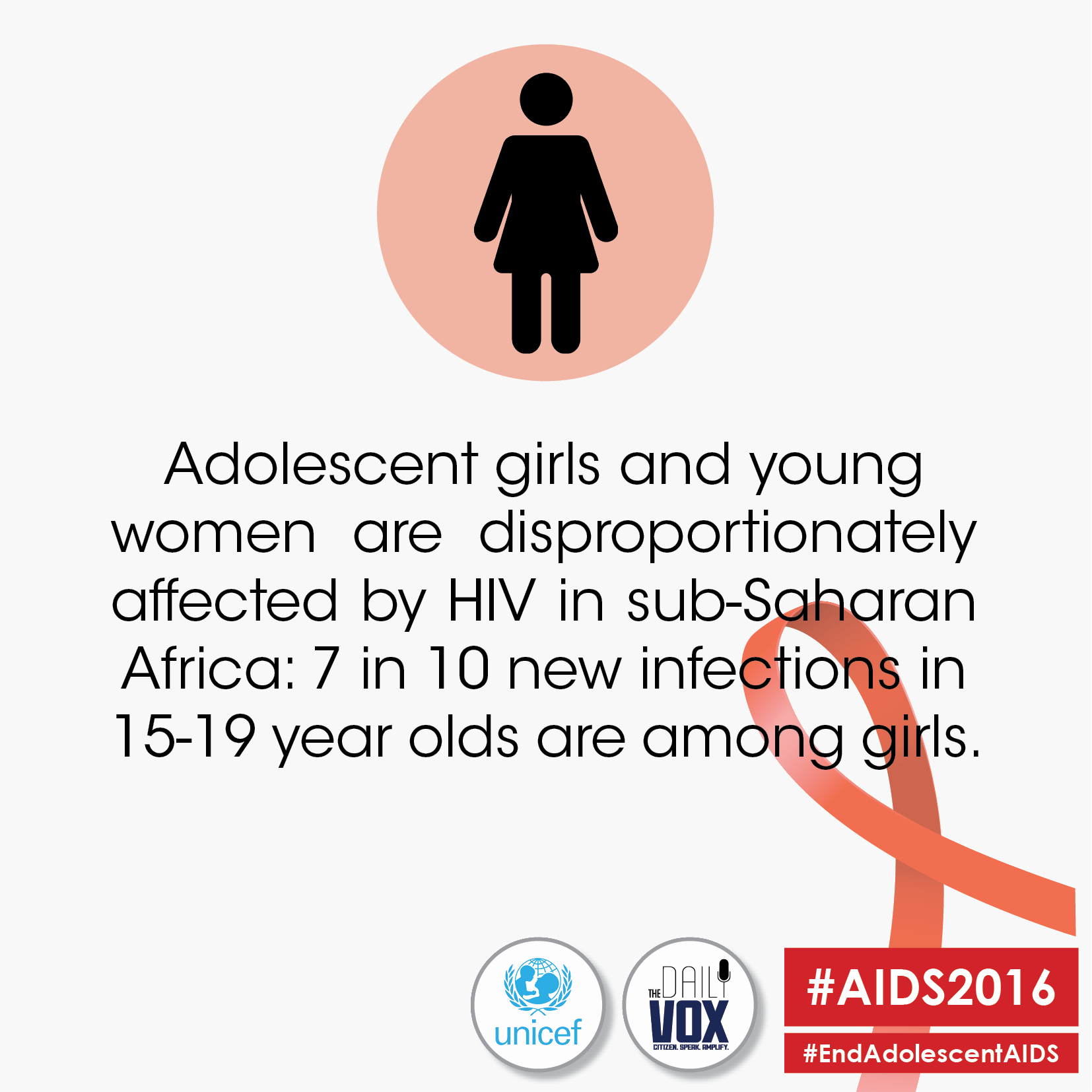Professor Salim Abdool Karim is a rockstar epidemiologist and infectious diseases specialist. We spoke to him to find out what the global community must do to reduce the rate of HIV infections in young women.
1. Promote the ABCs of condom use
The first thing that needs to be done is to teach people the ABCs of condom use, especially young people in schools. While this is being done, treatment needs to be scaled up by having everyone tested and treated. According to UNAIDS, globally, only three in 10 adolescent girls and young women (between the ages of 15 and 24 years) have correct and comprehensive knowledge about HIV. This is why it’s important to teach young women about the use of condoms and HIV.
2. Using circumcision to prevent men from acquiring HIV
Young women have the highest rates of HIV infections in Eastern and Southern Africa. The reason for this is because a large number of young women, teenagers and women in their early 20s, are getting infected by men in their 30s. These men get infected with HIV but they don’t know they have it, so they go on to expose young women. This is why circumcision needs to be encouraged to prevent men from getting HIV in the first place.
3. Roll out PrEP
PrEP, or Pre-Exposure Prophylaxis, is anti-HIV medication that helps keep people who are HIV negative from becoming infected. It is important that this is given to young women to curb the spread of infection. Recent statistics from UNAIDS show that 2014, only 57% of countries (of 104 countries) had an HIV strategy that included a budget specifically for women. This means that, globally, many women did not have access to this kind of preventative treatment.

If we’re going to start young women on PrEP then we also need to link it to sexual and reproductive health services. This is because if a woman has bacterial vaginosis (BV), then PrEP won’t be as effective. BV is vaginal discharge that results from an overgrowth of atypical bacteria in the vagina. The test for the bacteria is a simple PH test that can be done at any clinic, and BV can be treated with tablets or gel. If women know to test for this before they start on PrEP, it won’t cut down on the efficacy of the PrEP treatment.
Prof Abdool Karim says that if we don’t take these measures, women, especially those in rural areas, will die. We all need to do what it takes to provide treatment to women, and he believes his role is to show what will work and how to do it.
Featured image courtesy of the International AIDS Society/Steve Forrest/Workers’ Photos









